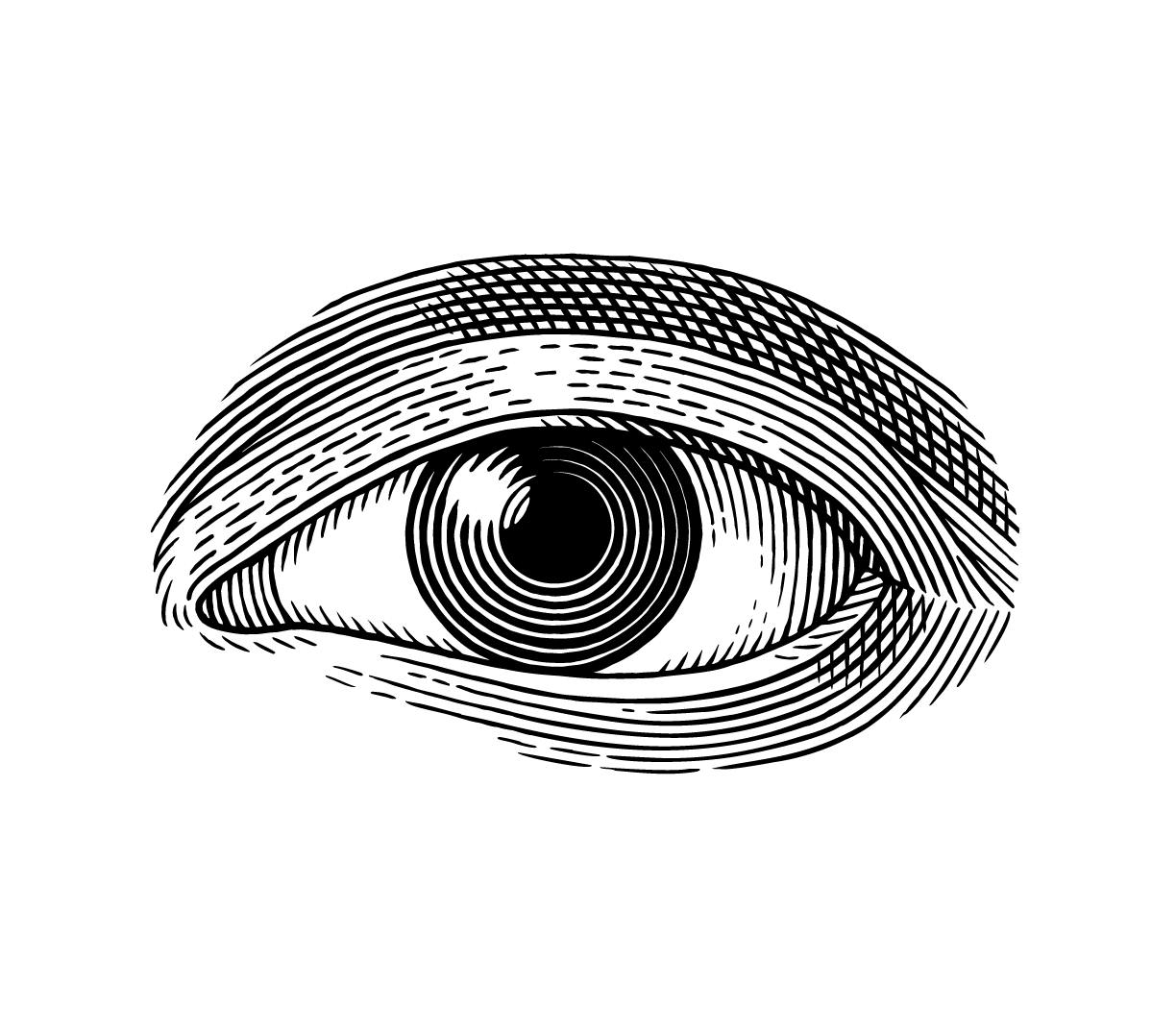A light receptor with frequency-dependent activation level
Even when our eyes are damaged, the inner retina cells is still able to transmit visual data. As a result, there is a high interest in using these cells as a promising treatment for vision loss, in this case coupling them with light-receptive proteins.
Photosensitive pigments in the eye’s rod and cone cells are responsible for converting light to an electrical signal. Conditions such as retinal dystrophies cause irreversible blindness due to destruction of these photoreceptors, either directly or as a result of pathology. Retinal dystrophies can be divided into rod-cone dystrophies (also called retinitis pigmentosa), cone-rod dystrophies and macular dystrophies.
However, despite the loss of outer retinal photoreceptors, inner retinal neurons, including bipolar cells and retinal ganglion cells, can survive and retain their ability to send visual information to the brain. These neurons therefore provide a promising niche for emerging optogenetic therapies that aim to convert them into directly visual photoreceptors and recreate the photosensitivity that has been lost with the degeneration.
Several therapeutic strategies have shown promising results in attempts to replace or revive these inner retinal neurons and restore vision. Transplantation of photoreceptor cells, or their progenitor lines, is a major approach under pre-clinical study and has been shown to restore vision to blind mice at late stage of degeneration after complete loss of photoreceptors. Various attempts have been made to revive inner retinal neurons, including transforming such cells with heterologous rhodopsin to convert the cells to photoreceptor cells.
The Sea Lamprey is a primitive fish which has light G-protein coupled receptors that are activated by blue light and deactivated by green light. The team have demonstrated that receptors can be coupled to Go protein (as per photoreceptors in the retina) and that a mixture of blue and green can modulate incrementally the level of activation (as opposed to on/off) with very good time resolution. This is the subject of a UK Provisional patent application.




